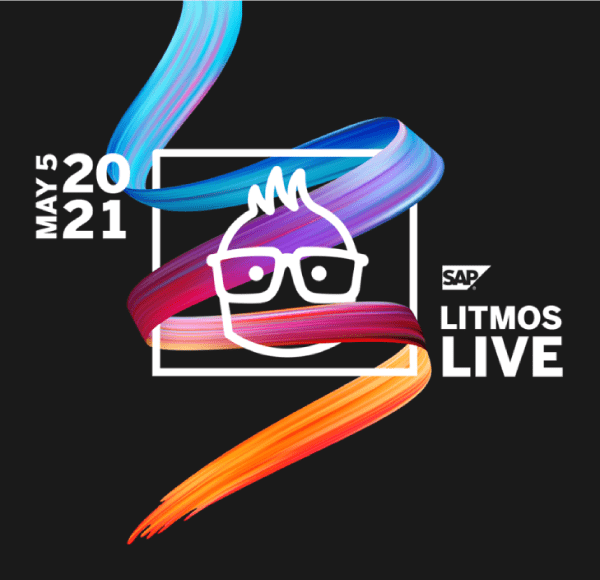The Most Important Secret to 21st Century Instructional Design
And I won’t even make you wait until the end for the big reveal. Here it is!
Digital media + quiz = course
Mind blown?
21st Century instructional design requires a new breed of thinkers. And a new breed of designers. Training departments will change the makeup of their teams and strategies will include continual design/develop/deliver loops. Business units may resist because change is hard. And if you sell courses, the process still applies but the point at which you start charging money will come in later cycles. Some projects will still require the completeness of the 20th century model before delivery. But the majority of courses will begin their lives as the small, humble, media file followed by a quiz course. And if instructional designers aren’t on board to do it, others will do it (and have done it), without them.
Classic Instructional Design Served a Purpose 50 Years ago
Instructional Design has become the poster child for OVER-engineering complex solutions to otherwise simple problems. This is by no means the fault of any one person, organization, or school of thought. It’s a commentary on our resistance to change. 50 years ago a well defined process, and model, for the design of instruction was necessary, and remained so for many years.
Early instructional design was the 20th century’s version of scaling up your subject matter expert. By formalizing the instructional materials, and processes for presenting the content, many more instructors could in essence copy the instructional strategies of the experts doing it the best. And this was valuable in a time before computers, and the amazing power of the internet. It was the efficiency of the manufacturing assembly line applied to education.
High Tech Scales Up Subject Matter Experts
Today, we have the technologies to scale up access to the subject matter experts without introducing additional human egos between the expert and the student. Scaling up no longer requires the addition of more teachers armed with pre-determined lessons and pre-canned learning content designed to perfection by the “experts”. Instead, technology gives every subject matter expert the ability to scale up the sharing of their knowledge, and skills without any (or very few) additional instructors.
For the business world, this is huge. Training departments can function with fewer classroom trainers because subject matter experts can impact more employees without negatively impacting their regular work day. But I’m getting ahead of myself. Let’s dial back a couple decades.
Classic Instructional Design Meets High Tech
In the early days of analog, and then digital technology, we still applied 20th century instructional design principles founded on manufacturing concepts of efficiency. The final solid, unchanging, product was the ultimate goal. We design it, and then reproduce it in mass quantities. And like I said earlier, this was perfectly fine and necessary before the digital revolution. Even when we were designing computer-based training (CBT) for distribution on CD-ROMs, we needed consistency, efficiency, and formalized processes for the production and distribution of this media. But the digital world of today is vastly different than even just a couple decades ago.
The Digital Real-time Cloud Changes Everything
Digital cloud technologies offer us real-time distribution of content, which eliminates the need for a perfectly designed, produced en mass, training product. This is why the implementation phase of the classic ADDIE process is no longer relegated to the back end of the process. Delivery can and should happen almost immediately with whatever content is available to you. If you have a 30 page pdf file with excellent information that is required learning for a particular audience, then get it off the shared drive, and put it into your LMS. Get some questions written up for a quiz and you’re good to go.
YES! A pdf file is learning content and should be uploaded to your LMS. Add a short quiz featuring the important elements within the document and…YES!…THAT. IS. A. COURSE. Not the 20th century version of an unchanging, fully designed and tested, and implemented, and evaluated, course, but the 21st century version of a course living a transparent development cycle, that grows and adapts to the users who engage with it.
*Photo courtesy of blog.peauxeticexpressions.com






